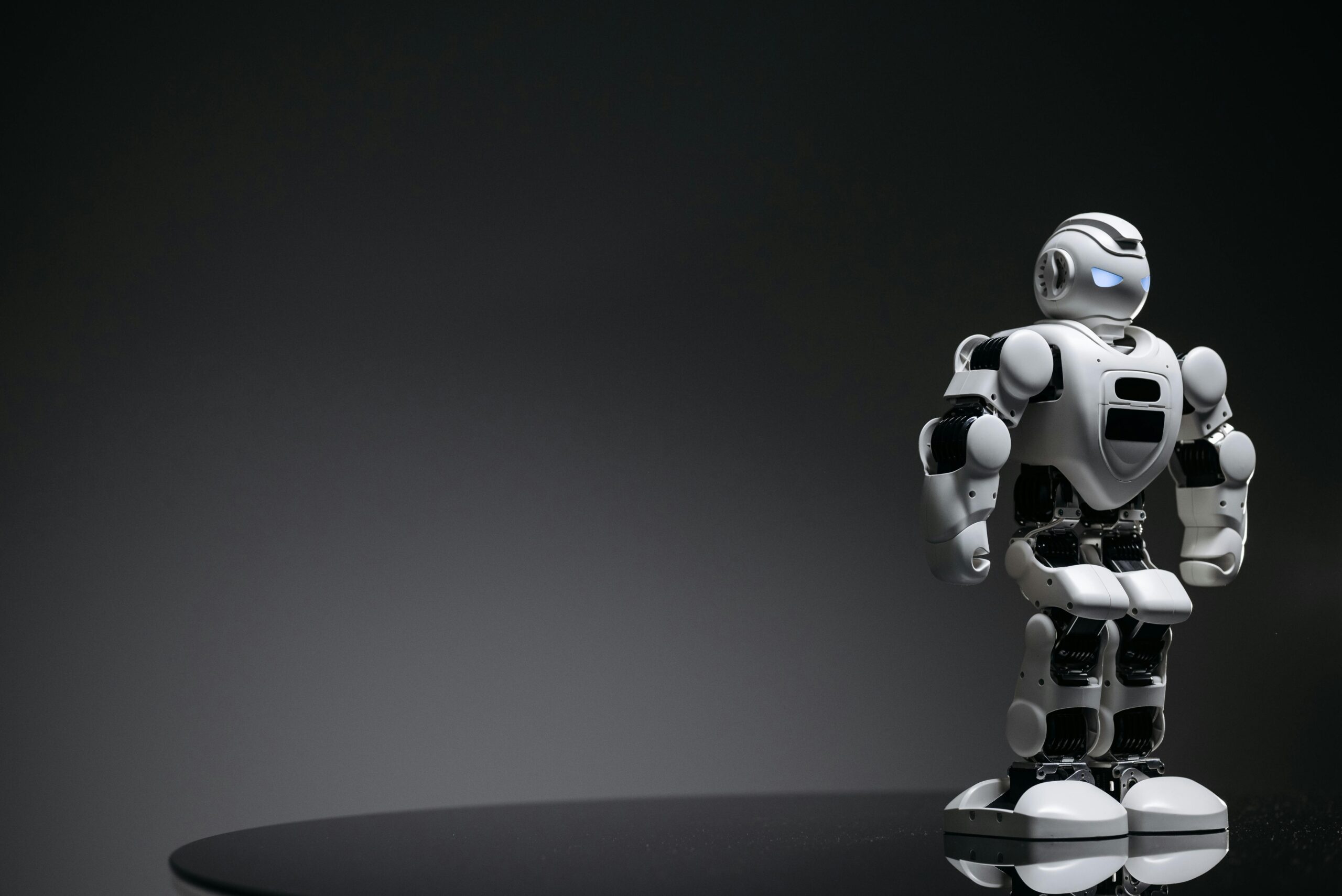
In an era of accelerated technological adoption, the Chinese have taken the lead as a powerful competitor in the humanoid robot race. With significant investments and innovative developments, the nation is set to replicate its disruptive success from the electric vehicle (EV) industry in this new arena. According to analysts, the global market for humanoid robots is expected to grow exponentially. They project annual sales to climb to one million units by 2030.
Notable Developments in the Humanoid Robot Market
In May, Hangzhou-based Unitree Robotics released its G1 humanoid robot, available to consumers for just $16,000. This release comes after a notable performance during the Lunar New Year celebrations in January, where 16 of Unitree’s H1 humanoid robots joined human dancers in a spectacular display. These kinds of events helped launch public interest, excitement, and awareness in humanoid robotics in China.
Morgan Stanley expects Teslas’ new Optimus Gen2 humanoid robot to eventually sell for about $20,000. This place at the intersection of the market further compounds competitive pressure as companies race to grab consumer attention and gain market share. The race to develop humanoid robots has recently attracted many competitors. This race has Chinese players like Xiaomi, BYD, Chery, and Xpeng making great strides to push their own humanoid tech fortunes.
China has notably led global patent filings mentioning “humanoid” over the past five years, with a staggering total of 5,688 patents. Alternatively, in the United States during the same period of time, 1,483 patents have been filed. This gap further illustrates China’s determination to lead the world in humanoid robotics technology. It shows their intent to severely compete in order to gain control in this space.
Today, China controls about 70% of the relevant supply chain for humanoid robot components. This logistical advantage is a key benefit to supporting production domestically and increases their global competitiveness. The Ministry of Industry and Information Technology has identified “production at scale” as the primary driver for future growth. It is this focus that will fuel innovation across the industry.
According to analysts from Bank of America, the humanoid robot market is set to explode. Notice that they’re already planning for as many as three billion humanoid robots to be in operation globally by 2060. Their research highlights the tremendous, potentially transformative impact this technology could have in all sectors — not just transportation.
Lee Ming Hsun Lee is head of the Greater China automotive and industrials research at BofA Global Research. As he put it, the pace of development is “very fast,” showcasing just how quickly companies are pivoting and innovating within this niche area. The rapid evolution of technology raises concerns for some analysts, who argue that China’s advancements pose an “existential threat to the US as it is outcompeted in all capacities,” according to SemiAnalysis.
Tesla’s Bold Humanoid Robot Vision
Of course, Tesla’s CEO Elon Musk has made some pretty brash prognostications about how soon his company will have a humanoid robot roaming about, too. He’s aiming to have more than 1,000, maybe several thousand, Optimus robots operational at Tesla by 2025. This further demonstrates his deep commitment to making humanoid robots central components of business processes.
Unitree’s G1 humanoid robot is a small example of the burgeoning consumer market for these advanced machines. Consumers are more than ever willing to adopt robotic technology into their lives. This change is already apparent with the recent sale of two humanoid robots on JD.com.
With this competitive landscape still forming, all eyes will be on how emerging and incumbent players alike position themselves in this rapidly growing space. Smart patenting activity closely follows the increasing tide of investment — billions from both incumbents and new biotech entrepreneurs. These conditions, along with very strong consumer demand, indicate a bright future for humanoid robotics.
“The only viable humanoid robot on the market.” – SemiAnalysis
Author’s Opinion
China’s significant advancements in humanoid robotics technology are positioning it to dominate the global market in this space. The gap in patent filings and supply chain control, combined with the increasing consumer demand and competitive investments, puts China at a distinct advantage. While the U.S. tech giants are making strides, China’s aggressive strategy and rapid technological growth make it a formidable force that may lead the humanoid robotics industry.
Featured image credit: Pavel Danilyuk via Pexels
Follow us for more breaking news on DMR
